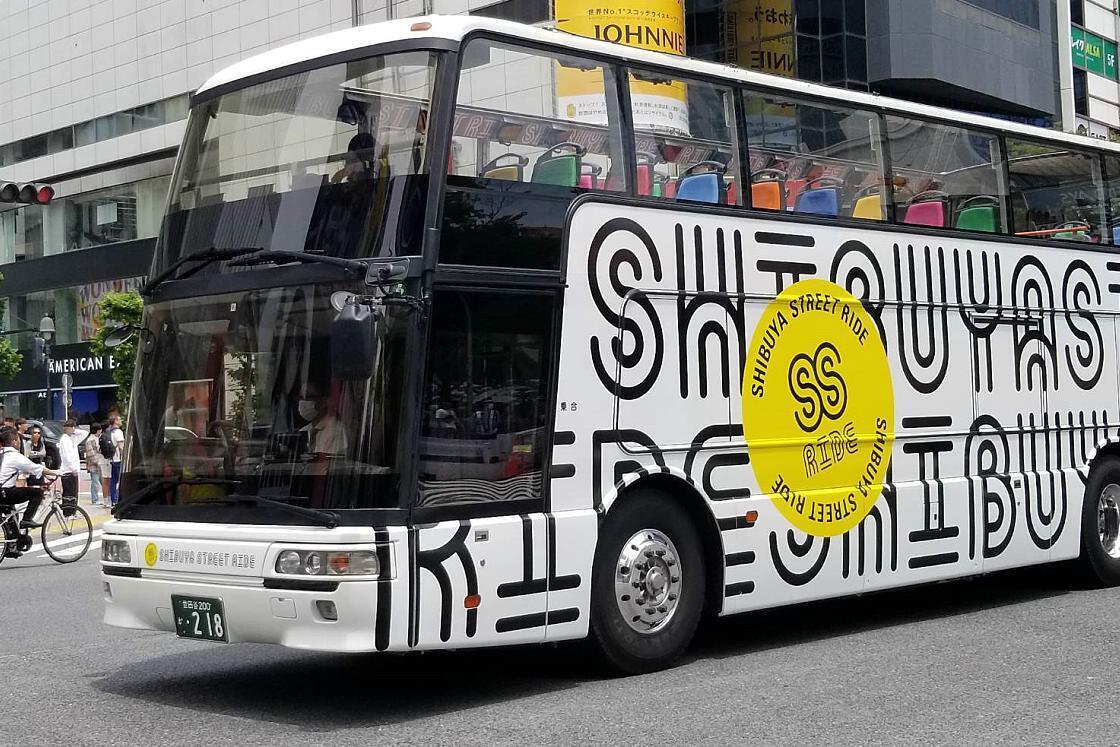Shibuya in the Breeze: Open-Top Bus Tour Highlights
If you are planning your first trip to Tokyo, or if you have been to Shibuya before, taking the Shibuya Street Ride is the perfect way to see and learn about these famous areas from the comfort of an open-top double-decker bus.
The thrill of passing under the elevated train tracks, the pleasant breeze on the tree-lined streets of Omotesando, and seeing the huge crowds of Shibuya Scramble Crossing from the high vantage point of the bus are just a few of the joys from taking a ride on this bus.
For those planning a trip to Tokyo, Shibuya is often at the top of their list. Many of Japanfs contemporary trends in art, fashion, and entertainment have their roots in the area, which is often referred to as a hub for fashion and culture. The area spreads out from Shibuya Scramble Crossing, one of the busiest pedestrian crossings in the world, beyond which are interlinking alleyways filled with shops, bars, and eateries. Shibuya is the go-to spot for entertainment, shopping, fashion, and food!
However, Shibuya is a lot more than the area around the crossing. It includes a handful of surrounding neighborhoods like Harajuku, Omotesando, and Sendagaya, each with its own unique atmosphere and style that differentiates it from Shibuya proper.
The Shibuya Street Ride is the latest bus tour provided by Tokyu Bus. It takes passengers on an audio-guided tour through the streets of Shibuya and Shinjuku in an open-top bus that provides spectacular panoramic views of the areas. There are three routes to choose from, all of which highlight the unique history, landmarks, and culture of the areas with the Shibuya Street Ride exclusive audio guide and on-board monitor.
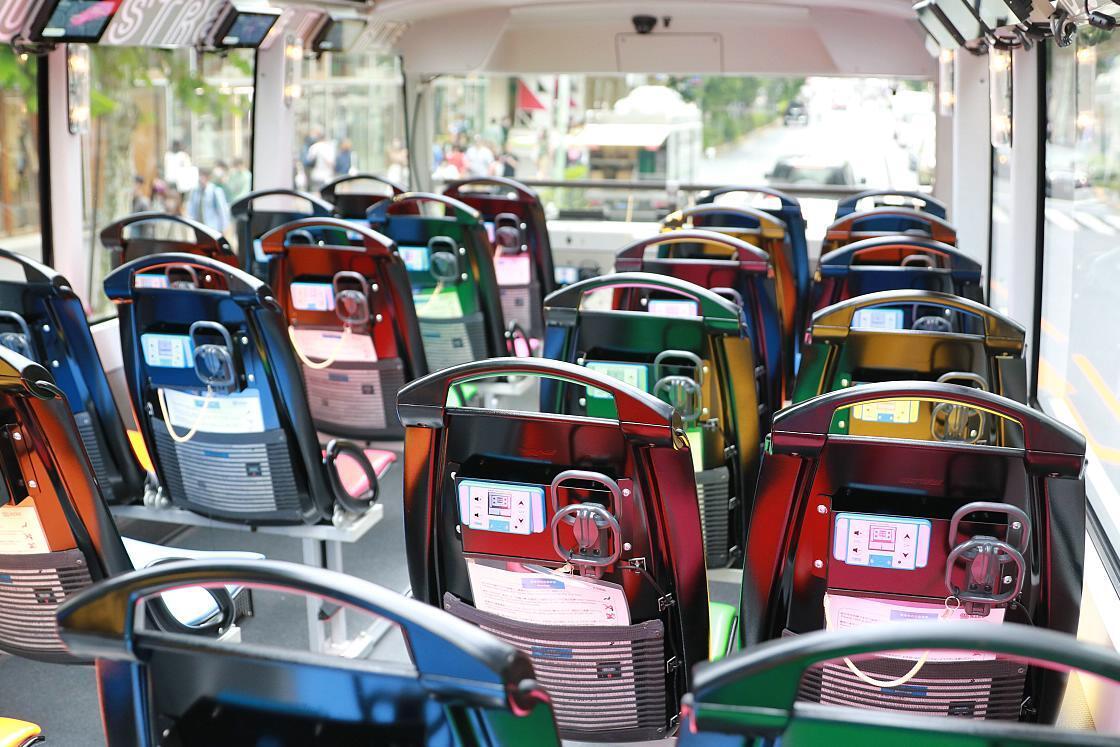
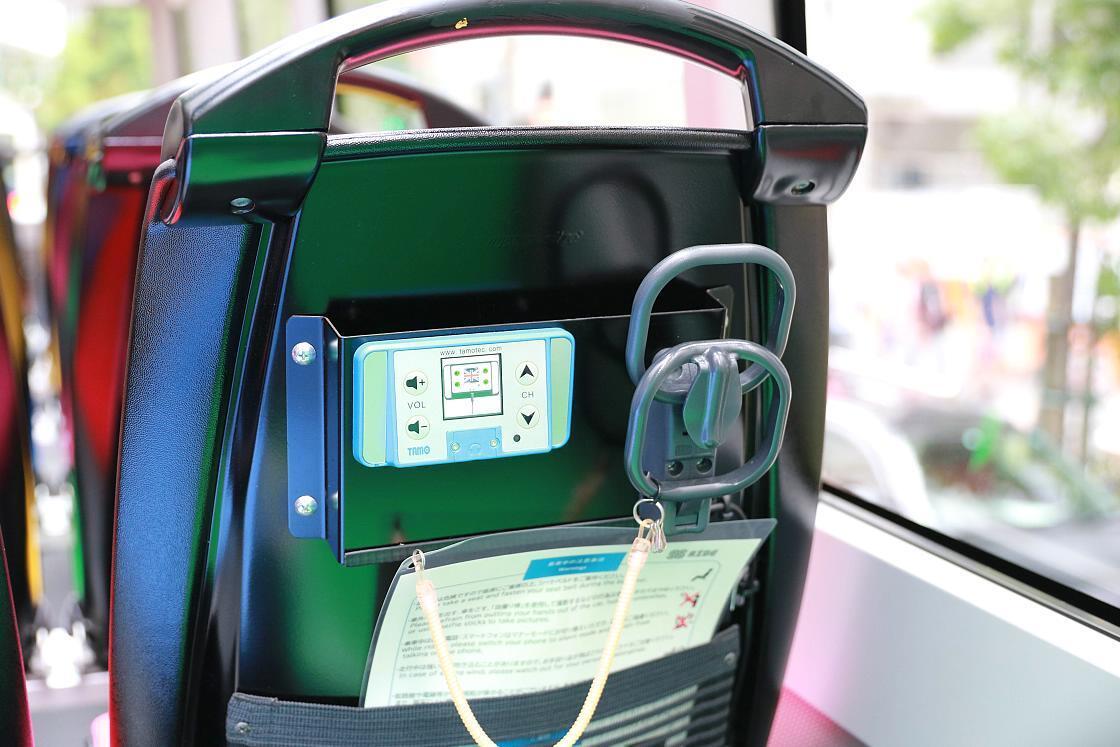
The main route, the Shibuya Discovery Route, lasts roughly one hour and takes passengers through the Scramble Crossing to Harajuku, Omotesando, and other must-visit places around Shibuya. The audio guide is available in several languages, providing interesting tidbits of information about the various buildings and attractions that the bus passes by while telling a history of the Shibuya area as a melting pot of cultures and a focal point for Tokyo's creative energies. Also, a mixture of Japanese and western music is played on board during the ride, emulating Shibuyafs diverse cultural atmosphere.
The bus departs from Shibuya Fukuras, which is located near Shibuya Station. There are three time slots available each day, at 11:20 a.m., 2:30 p.m., and 6:20 p.m.
The bus first heads through Shibuya, making its way down Meiji-dori Avenue and through the Omotesando area. This area left its mark on the fashion world in the 1980s, when up-and-coming designers with no money started building their brands in Omotesando apartments. The open-top bus gives an unparalleled panoramic view of Shibuya's dynamic landscape. Skyscrapers stand in contrast with the vibrant street art and billboards as passengers eagerly capture snapshots of Shibuya's iconic landmarks.
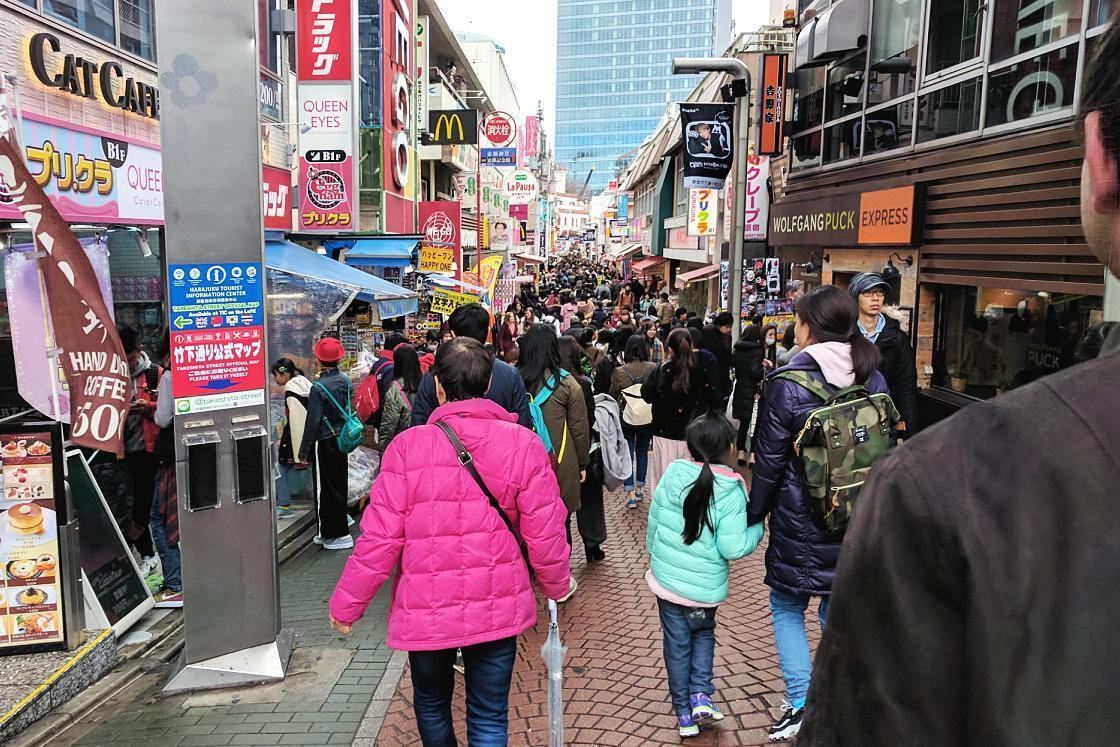
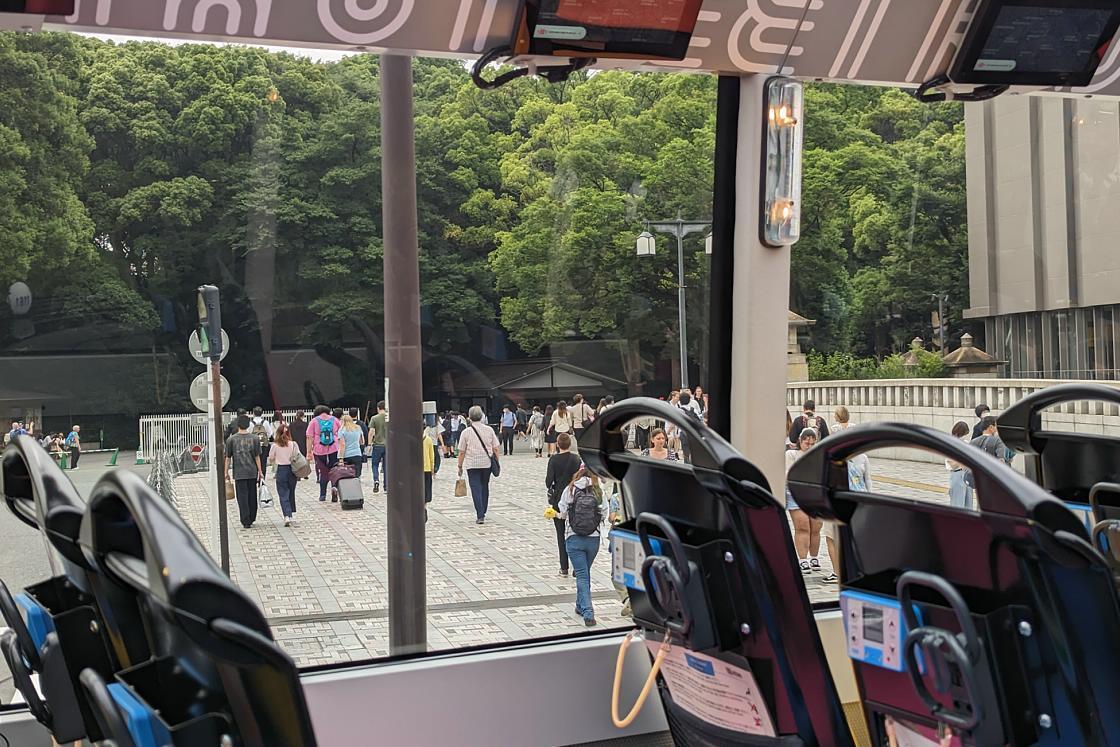
The next area is Harajuku's Takeshita Street, which is one of the most famous streets in the world. Harajuku has long been a place for young people to congregate and experiment with new and sometimes wacky fashion trends. Located across the street from Takeshita Street is Meiji Shrine, a Shinto shrine built in the early 1900s.
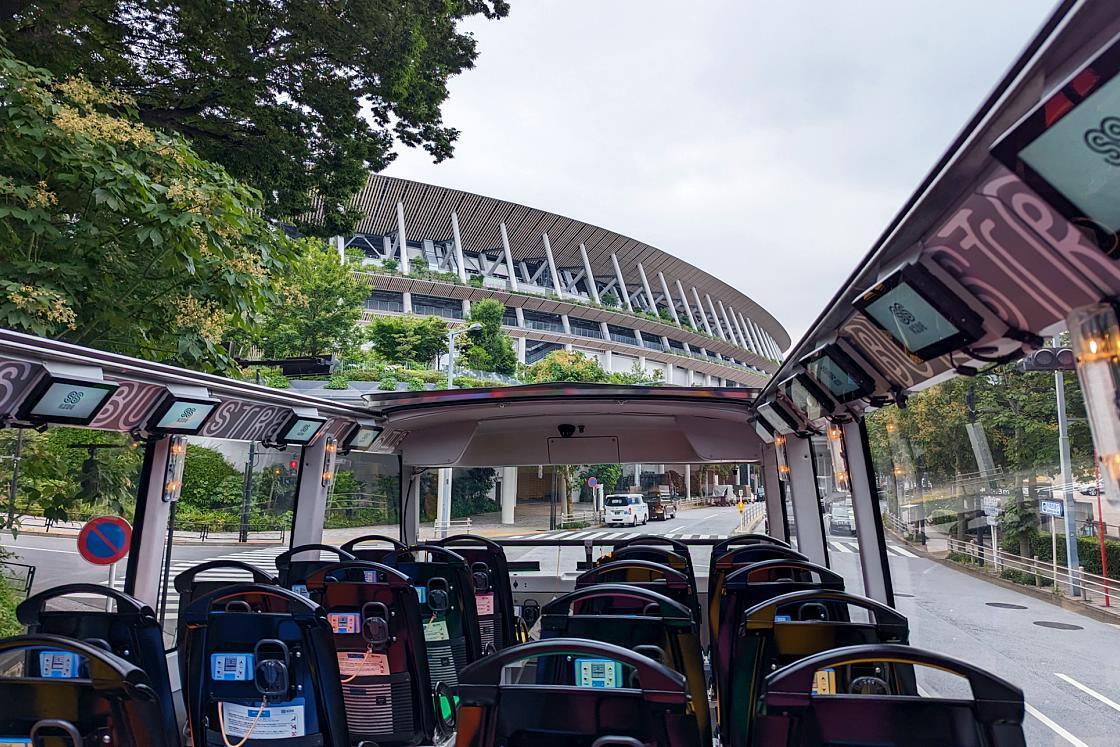
The bus continues toward Sendagaya and Gaien-Mae, which are located on the outskirts of Shibuya. This area is vastly different from the hustle and bustle that can be felt around Shibuya, Harajuku, and other major cultural hubs. The streets are less crowded, but an underground culture of creation thrives here unseen; it is a hidden sanctuary for creatives to pursue their passions. Bestselling author, Haruki Murakami, most famous for his work Norwegian Wood, got his start as an author in this area. The massive Japan National Stadium stretches out before the bus, contrasting with the tree-filled area and making it a great spot to snap a photo!
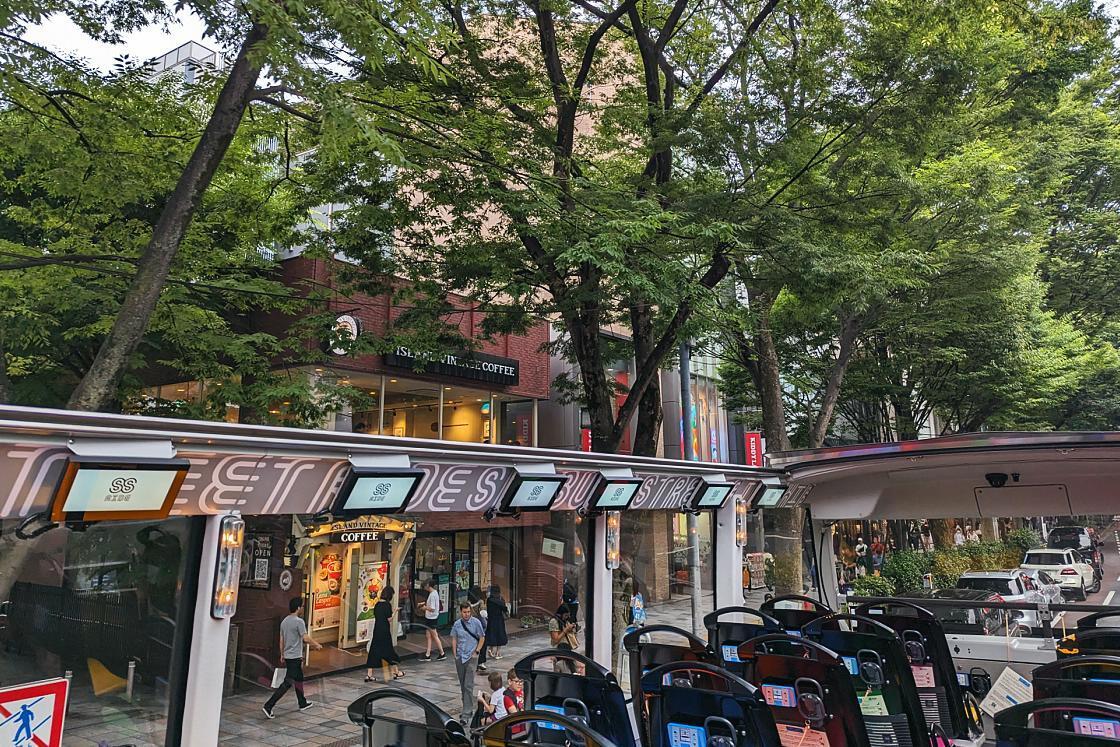
The last stop before returning to Shibuya proper is Omotesando, an area known for its luxury fashion and its beautiful architecture. The area is a stage for architects from Japan and around the world, including famous Japanese architects like Kengo Kuma. Brands like Commes des Garcons and Yohji Yamamoto all trace their origins to Omotesando. As the bus makes its way down the tree-lined street, the gentle wind blows through, mixing with the chatter of passengers and the sounds of bustling traffic and city life to create a refreshing and one-of-a-kind experience that only an open-top bus can provide.
The bus finally returns to Shibuya Scramble Crossing, the busiest crossing in the world. The open-top bus provides the perfect spot to watch the spectacle as a sea of pedestrians makes its way through Shibuya's thundering heart.
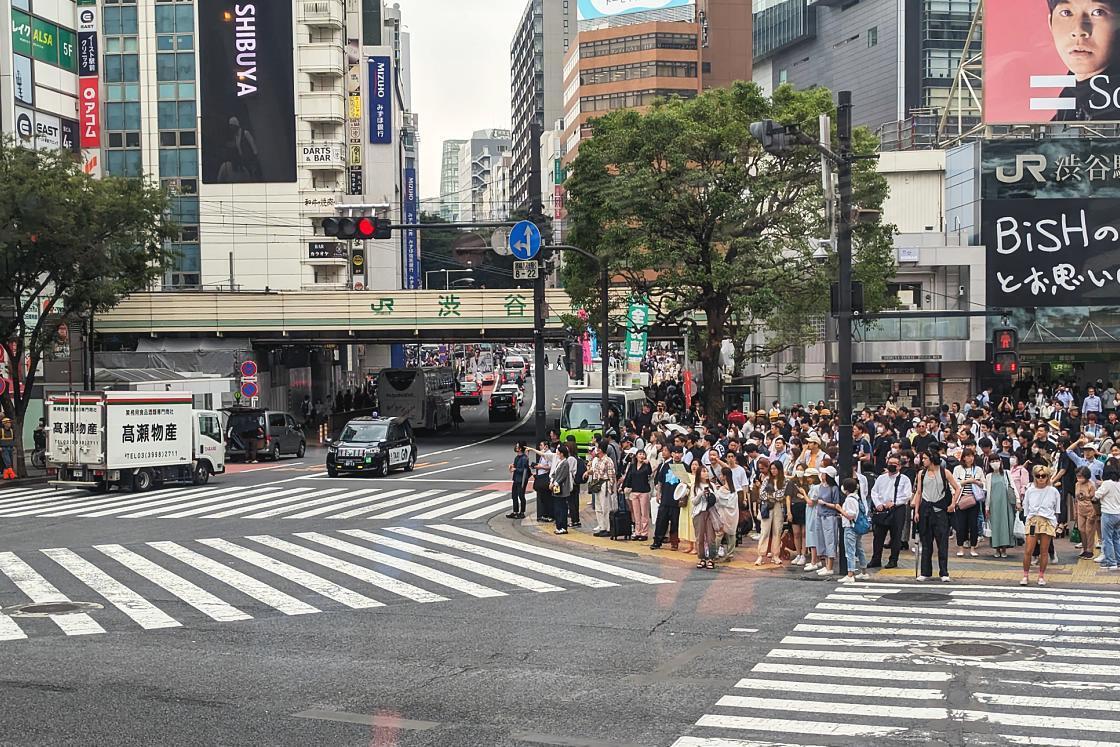
Shibuya Street Ride costs 3,000 yen for an adult ticket and 1,500 yen for children when booking the day of; discounts are occasionally given for reservations, so be sure to check the Tokyu Bus website beforehand in case there are discounted tickets available.
Whatfs more, passengers are given a password to access a walking guide for their smartphone to make the most out of their time in Shibuya. Feel the hustle and bustle of Shibuya without getting lost in the middle of it with Shibuya Street Ride!
Shibuya Street Ride is available for departure from Shibuya Station (Shibuya Fukuras) and Shinjuku (Tokyo Kabukicho Tower). For more information about operation days, departure times, and how to ride the bus, please visit the Tokyu Bus homepage:
https://www.tokyubus.co.jp/tourist/SSRIDE/route.html
